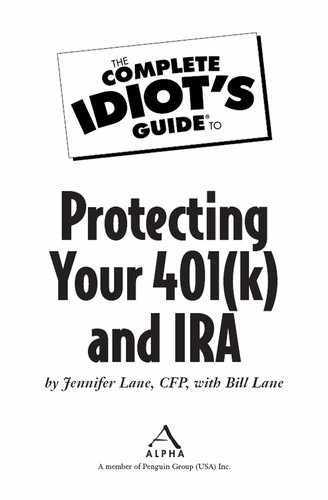Helpful Tools
Account aggregators are not only a big help in tracking account balances, but they help project retirement expenses as well. Not everyone tracks his expenses closely enough to know off the top of his head what his retirement expenses might be. Some people are fortunate enough to have a salary and spending habits that fit naturally together. This doesn’t necessarily mean that they have a super high income—in fact, it could mean they’re very conscientious spenders—it just means that the amount they want to spend fits comfortably within their means. These folks aren’t stressed about covering their monthly bills so they don’t track their expenses. This can make retirement planning something of a shot in the dark for them because without knowing how much life costs now, it’s difficult to project what retirement expenses might be.
This is where online account aggregators can be a big help. The aggregator can easily interpret online banking and credit and debit card transactions and automatically assign them into an expense category. If you use online banking or a credit card for most of your spending transactions, instead of using cash or writing a paper check, an aggregator like Mint.com, Wesabe (www.wesabe.com), or an aggregator provided on your bank website will give you a ballpark idea of your total expenses and how they fall into basic categories, such as housing, utilities, groceries, and entertainment.
Once you have a good idea of the monthly retirement income need you’re shooting for, you can start compiling the rest of the assumptions you’ll use in your retirement projection. You need to consider these three basic ones.
• Inflation: Most online calculators will automatically assume inflation to be between 3 and 4 percent. Historically, inflation has averaged just over 3 percent in the United States, but many economists expect it to be higher in the future. Where the calculator asks you to enter a projected inflation rate, use at least 4 percent.
• Portfolio returns: Most online calculators ask you to assume a flat annual return for your portfolio. Some will allow you to use two different rates: one for before retirement and one to represent the portfolio return after retirement, when it’s invested in, presumably, less-aggressive, lower-return investments. A good rule of thumb is to assume the portfolio will return 3 percent more than your inflation projection while you’re working and 1 percent more than inflation after retirement, if the calculator allows it. If the calculator only allows one number, try the calculation with a return 2 percent higher than inflation.
• Life expectancy: Many people scoff at financial planners who want their clients to plan for a long retirement. It may be hard to think of yourself at a very advanced age, but it’s important to plan for your money to live a long time—at least as long as you will. After all, you may only expect to live to age 85, but you certainly don’t want to spend your 84th birthday wondering how you’re going to live when you only have one more year of expenses in your bank account and you’re physically feeling pretty peppy. Assume a life expectancy of at least age 95, and preferably 100, in your retirement projections. This will reduce the chances that you’ll save too little and virtually eliminate the chance that you’ll outlast your resources. It will also give you a little bit of wiggle room if your expenses end up being higher than you expected.

Rainy Days
These basic assumptions will help you get a rough estimate of how much money you’ll need in retirement and whether you’re on track to make it work. Financial planners have access to—and know how to use—much more sophisticated planning calculators. If you’re within 20 years of retiring, it’s a good idea to check your numbers against theirs at least every couple of years.
..................Content has been hidden....................
You can't read the all page of ebook, please click here login for view all page.
